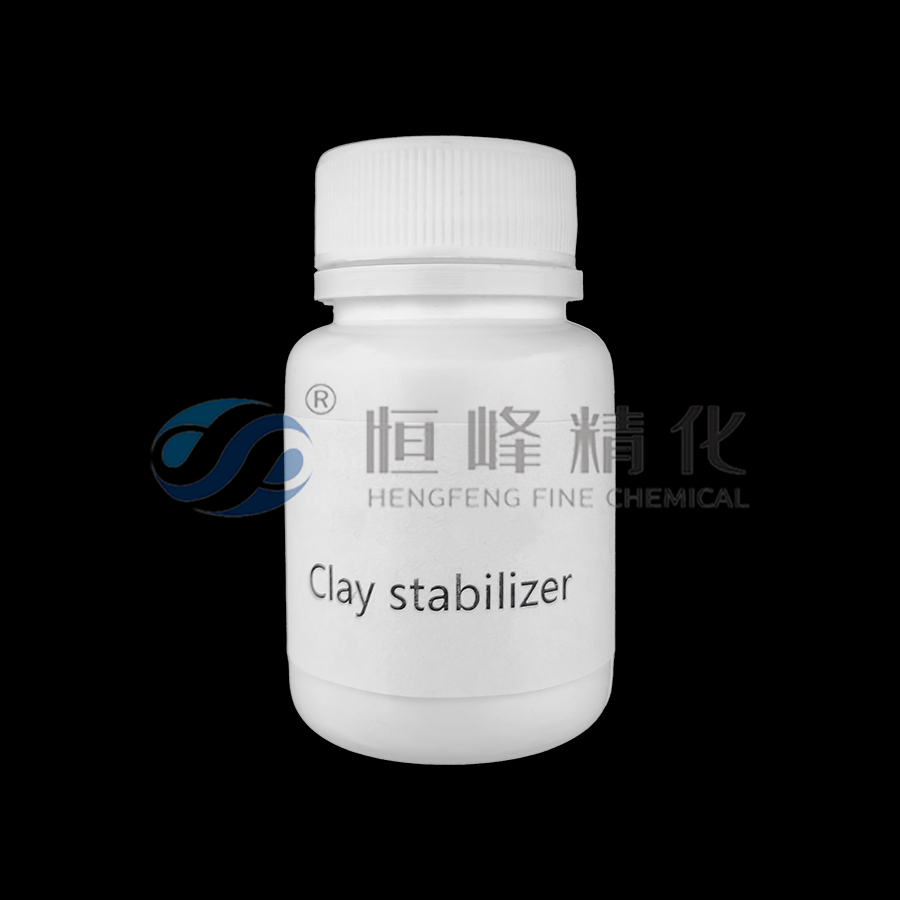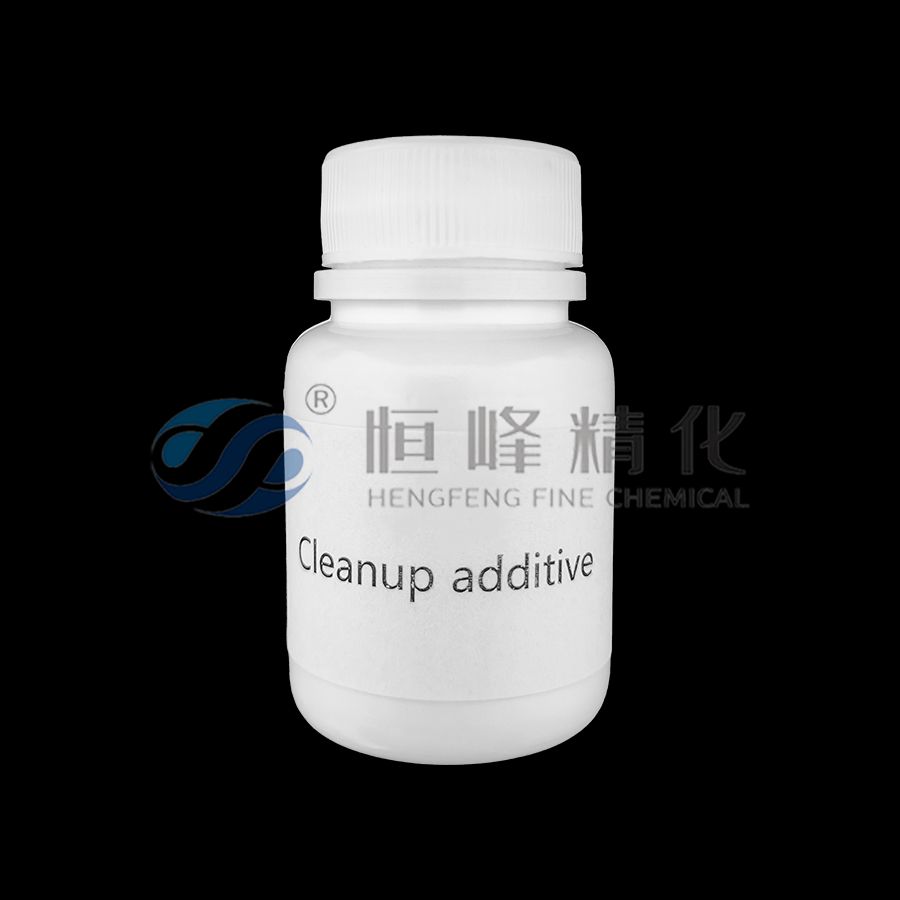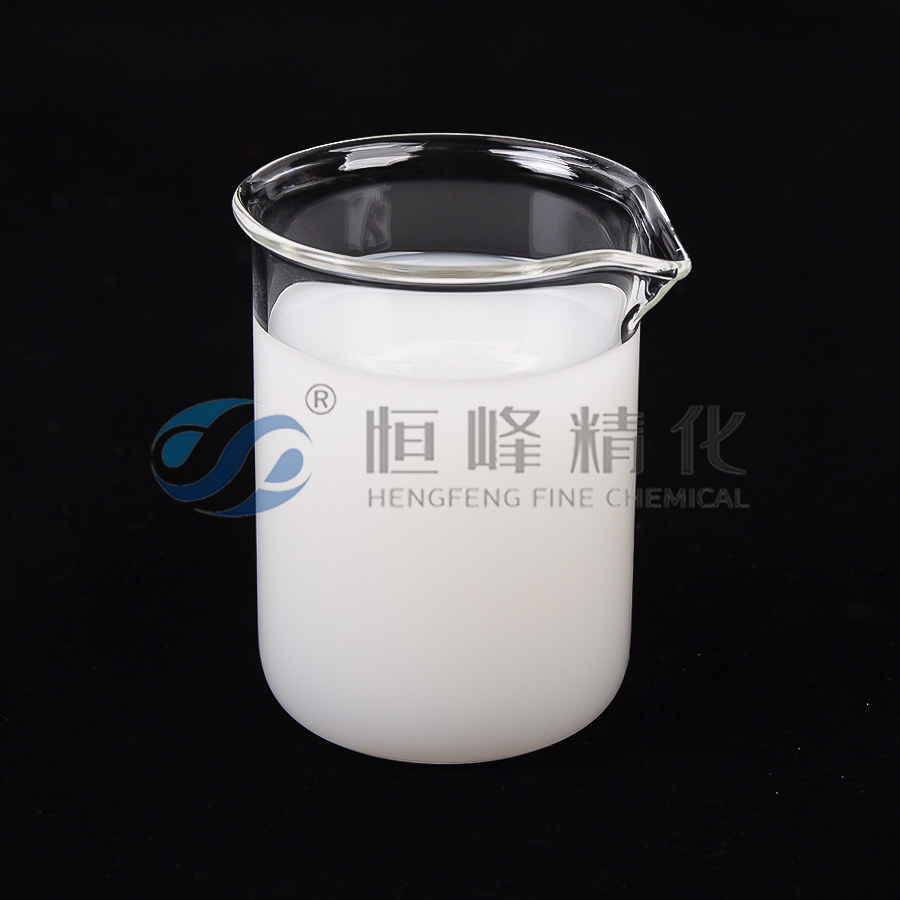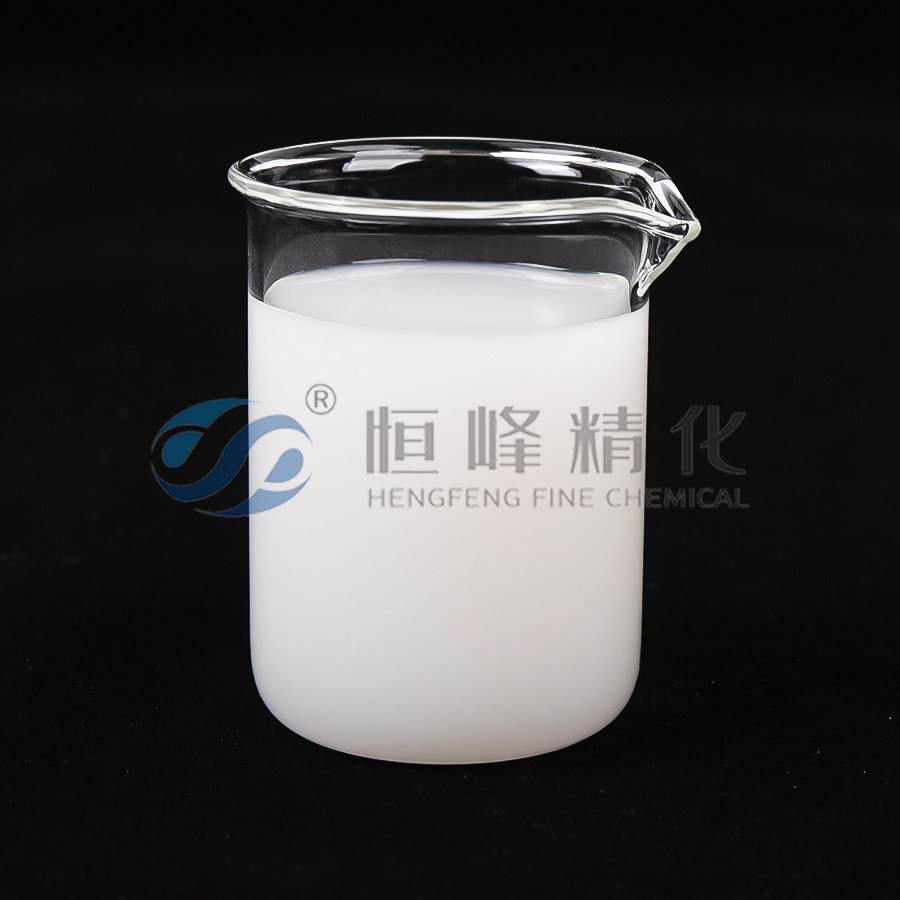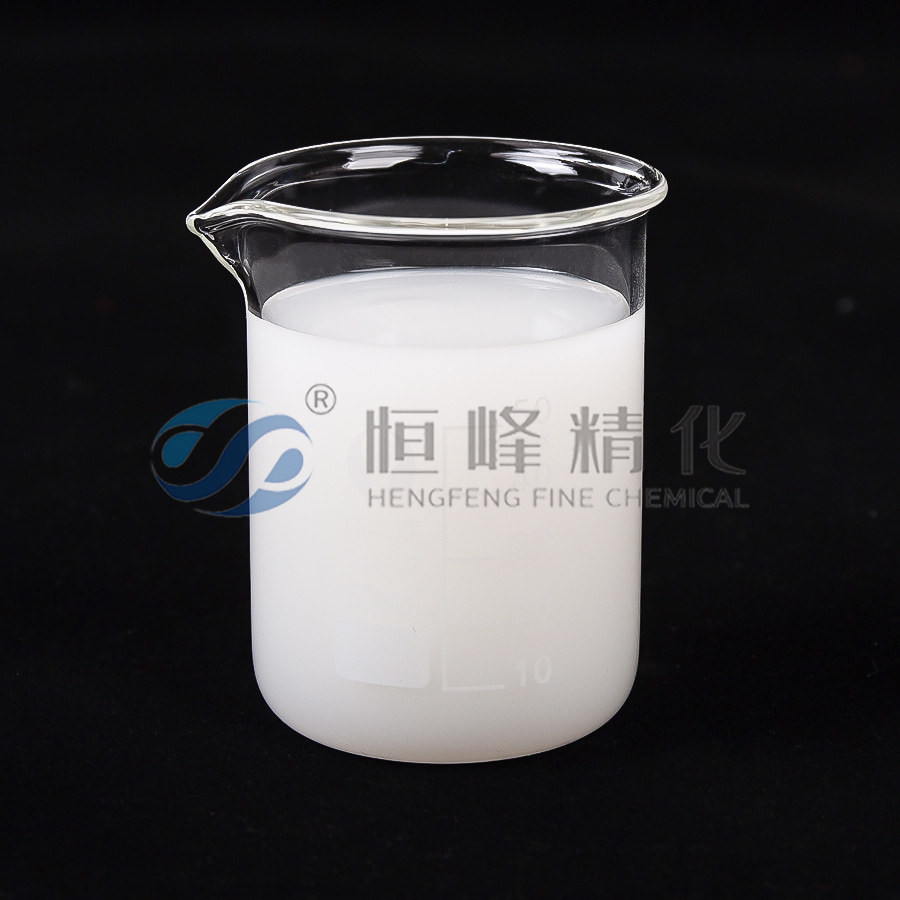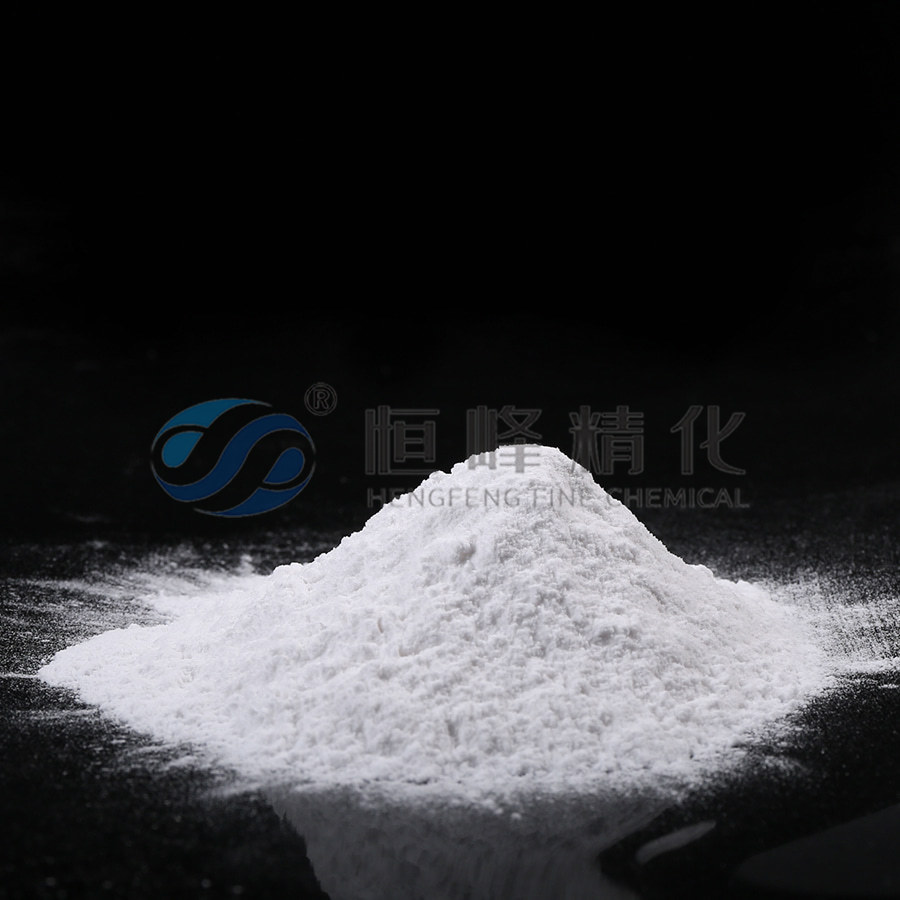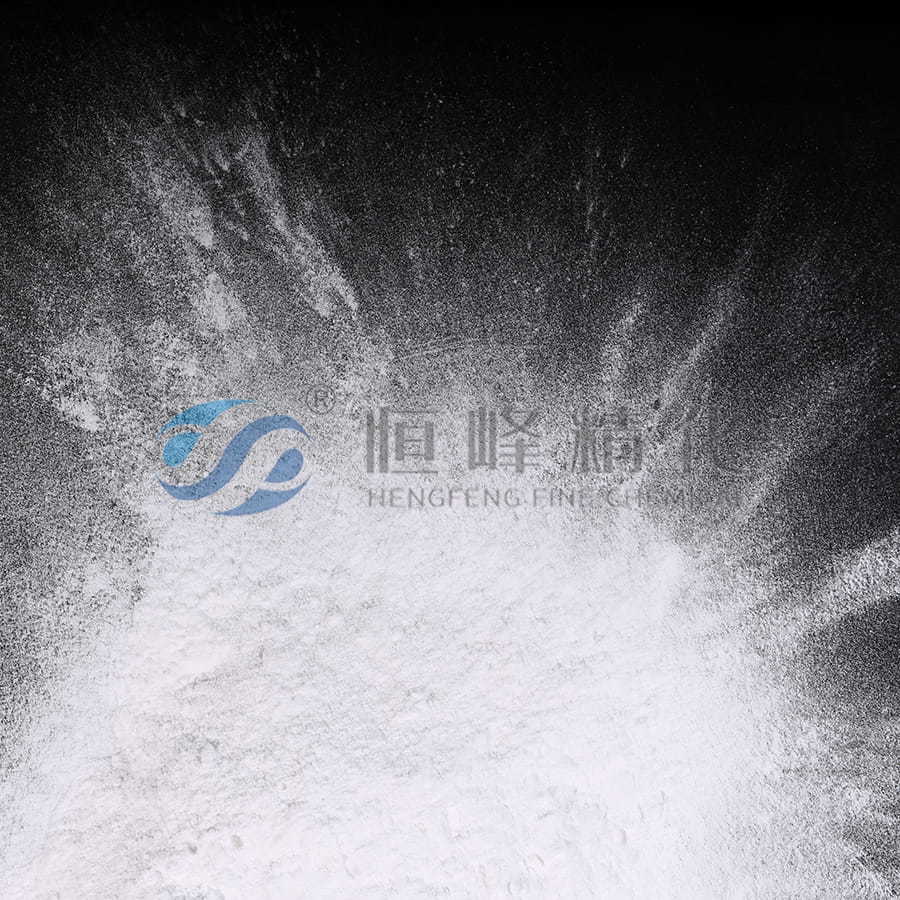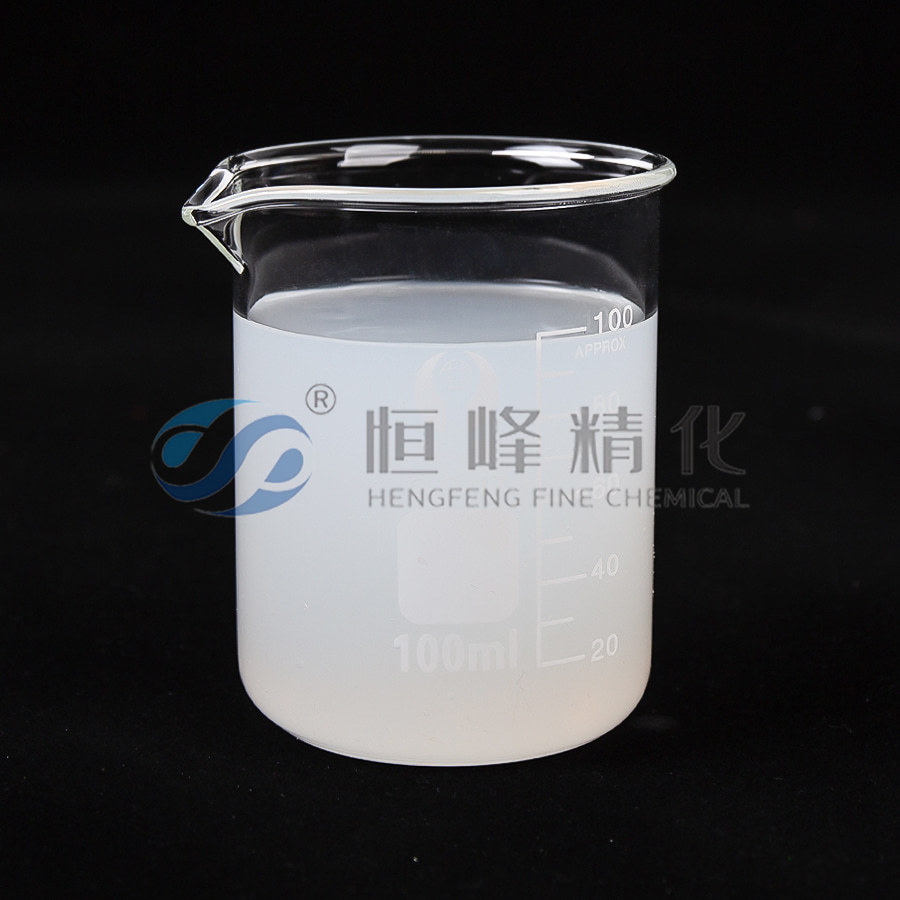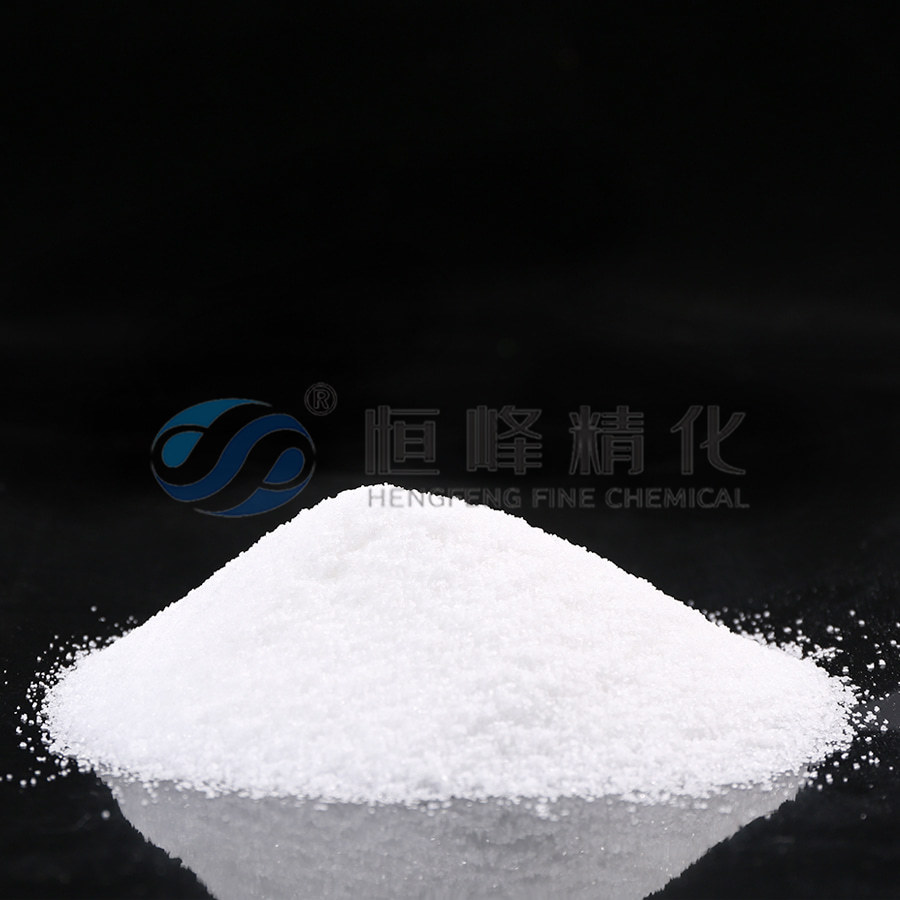The Ultimate Guide to Sludge Dewatering with Cationic Polyacrylamide
1. Introduction to Sludge Dewatering
1.1 What is Sludge?
Sludge is a semi-solid byproduct generated during the treatment of wastewater. It consists of a mixture of water and solids, including organic matter, microorganisms, inorganic materials, and various contaminants removed from wastewater streams. Depending on the source, sludge can vary in composition, appearance, and handling requirements. In municipal and industrial wastewater treatment plants, managing sludge is a critical aspect of the overall process, as it represents both a significant operational challenge and a major cost component.
1.2 Why is Sludge Dewatering Important?
Sludge dewatering refers to the process of reducing the water content of sludge, resulting in a denser, more manageable material known as "dewatered cake." Effective dewatering is essential for several reasons:
Volume Reduction: Removing excess water significantly decreases sludge volume, lowering storage, transportation, and disposal costs.
Improved Handling: Dewatered sludge is easier to handle and transport, especially for landfilling, incineration, or reuse.
Environmental Compliance: Proper dewatering ensures compliance with environmental regulations, minimizing the risk of leachate production and groundwater contamination.
Enhanced Resource Recovery: In some cases, dewatered sludge can be processed further for energy recovery or used as a soil conditioner.
In short, sludge dewatering transforms a problematic waste product into a more stable and potentially beneficial material.
1.3 Common Dewatering Methods
Several mechanical and chemical methods are employed in sludge dewatering, each chosen based on the type of sludge, desired final dryness, and operational context. Common methods include:
Belt Filter Press: A widely used technique that squeezes water out of sludge by passing it between porous belts under pressure.
Centrifuge: Uses centrifugal force to separate water from solids, particularly effective for high-throughput operations.
Screw Press: A slow-moving mechanical device that compresses sludge through a screen, suitable for smaller facilities and thick sludge.
Dissolved Air Flotation (DAF): A process where fine air bubbles attach to suspended solids, lifting them to the surface for removal.
Drying Beds and Lagoons: Low-tech, passive methods relying on evaporation and gravity, suitable for rural or remote locations.
While these technologies play a central role in physical dewatering, their performance is greatly enhanced by the use of chemical agents — especially flocculants such as cationic polyacrylamide, which will be discussed in the sections that follow.
2. Water Treatment Chemicals Overview
2.1 Role of Chemicals in Wastewater Treatment
Chemical agents play a vital role in the treatment of wastewater, complementing physical and biological processes. These chemicals are used to:
Enhance Solid-Liquid Separation: Facilitating the aggregation of fine particles into larger flocs for easier removal.
Adjust pH and Neutralize Contaminants: Ensuring optimal conditions for biological activity and chemical reactions.
Remove Specific Pollutants: Such as heavy metals, phosphates, or organic compounds.
Improve Dewatering Efficiency: By conditioning sludge to release bound water and improve filtration.
The effectiveness of any wastewater treatment process is heavily dependent on the proper selection and application of these chemical agents.
2.2 Types of Water Treatment Chemicals
There are several categories of chemicals used in wastewater treatment, each with specific functions:
Coagulants: Typically metal salts like aluminum sulfate (alum) or ferric chloride, coagulants destabilize suspended particles, causing them to aggregate.
Flocculants: Long-chain polymers, such as polyacrylamides, that bind destabilized particles into larger, settleable flocs.
pH Adjusters: Acids (e.g., sulfuric acid) or bases (e.g., lime) used to maintain optimal pH levels.
Disinfectants: Such as chlorine or ozone, used to eliminate pathogens from treated water.
Antifoaming Agents, Odor Control Chemicals, and Nutrient Additives: Used for specific treatment needs in certain facilities.
Among these, flocculants and coagulants are especially important in sludge dewatering, helping to consolidate fine particles and release trapped water.
2.3 Focus on Flocculants and Coagulants
Coagulation and flocculation are sequential steps in wastewater treatment:
Coagulation: Involves the addition of coagulants to neutralize charges on suspended particles, destabilizing them.
Flocculation: Follows coagulation, where flocculants cause destabilized particles to bind together into larger, heavier flocs.
Flocculants are typically synthetic or natural polymers. One of the most effective and widely used synthetic flocculants is cationic polyacrylamide (CPAM). CPAM is particularly beneficial in sludge treatment due to its strong affinity for negatively charged sludge particles, high molecular weight, and tailored charge density.
In the next section, we will delve deeper into Cationic Polyacrylamide, exploring its chemistry, functionality, and essential role in sludge dewatering processes.
3. Cationic Polyacrylamide (CPAM): The Key to Efficient Dewatering
3.1 What is Cationic Polyacrylamide?
Cationic Polyacrylamide (CPAM) is a water-soluble synthetic polymer used widely in water and wastewater treatment, particularly for sludge dewatering. It is derived from acrylamide monomers, with a portion of the monomer units modified to carry positive (cationic) charges. These cationic sites enable CPAM to interact strongly with negatively charged particles, such as organic matter and colloids commonly found in sludge.
Because of its high efficiency in promoting solid-liquid separation, CPAM has become the flocculant of choice in many municipal and industrial dewatering processes.
3.2 Chemical Properties and Structure
CPAM is a high molecular weight polymer with the following key characteristics:
Polymer Backbone: Formed by polyacrylamide chains, which provide the structural base of the molecule.
Cationic Functional Groups: Typically quaternary ammonium or amine groups are introduced along the polymer chain, giving it a net positive charge.
Variable Molecular Weight and Charge Density: CPAM products are available in a wide range of molecular weights and charge densities, allowing them to be tailored for specific sludge types and dewatering equipment.
These chemical properties determine how the polymer behaves in solution and how effectively it binds with sludge particles during flocculation.
3.3 Mechanism of Action in Sludge Dewatering (Flocculation)
The effectiveness of CPAM in sludge dewatering lies in its flocculation mechanism, which occurs in several stages:
Charge Neutralization: Sludge particles typically carry a negative surface charge, causing them to repel each other and remain in suspension. The positively charged CPAM neutralizes these charges, destabilizing the particles.
Bridging: The long chains of CPAM physically link together multiple destabilized particles, forming larger and denser flocs. This "bridging" effect is particularly important for creating flocs that can be easily separated from water.
Water Release: As flocs form and consolidate, interstitial water trapped between fine particles is expelled. The resulting larger flocs settle more rapidly and filter more effectively, improving dewatering performance.
Shear Resistance: High-quality CPAM maintains floc integrity under shear forces, such as those experienced in centrifuges or belt presses, ensuring consistent performance.
The combination of chemical charge interaction and physical bridging makes CPAM exceptionally effective in transforming watery sludge into a manageable, dewatered cake.
4. Applications of Cationic Polyacrylamide in Sludge Dewatering
4.1 Municipal Wastewater Treatment
In municipal wastewater treatment plants, sludge is primarily derived from primary sedimentation, secondary biological treatment, and tertiary processes. This sludge contains high amounts of organic matter, microorganisms, and other suspended solids. CPAM is widely used to condition this sludge before mechanical dewatering. Its strong cationic charge effectively flocculates biosolids, enhancing water release and producing a drier, more stable sludge cake. This not only reduces disposal volume but also improves the efficiency of downstream handling operations.
4.2 Industrial Wastewater Treatment (e.g., Paper Mills, Food Processing)
Industries such as pulp and paper, food and beverage, textile, and chemical manufacturing generate sludge with complex compositions, often containing fibrous materials, fats, proteins, and other process residues.
In paper mills, CPAM is used to recover fibers from wastewater and to dewater sludge produced from various treatment stages.
In food processing plants, CPAM helps separate organic solids (like grease and proteins), which are typically difficult to settle and dewater.
In chemical and dye industries, CPAM assists in removing fine particulates, color bodies, and emulsified compounds.
Due to the variability in sludge characteristics, selecting the right grade and dosage of CPAM is critical for industrial applications.
4.3 Specific Dewatering Equipment
The choice of mechanical dewatering equipment also influences how CPAM is applied. Each type of equipment has its own operational characteristics that affect polymer performance.
4.3.1 Belt Filter Press
Belt filter presses use a series of rollers and gravity drainage zones to squeeze water from sludge. CPAM is added prior to the press to condition the sludge, enabling effective floc formation. Well-flocculated sludge increases the throughput of the press and results in a higher solid content in the dewatered cake.
4.3.2 Centrifuge
Centrifuges apply centrifugal force to separate solids from water. Since the separation relies heavily on density differences, CPAM is used to enhance floc formation and increase particle density. Proper flocculation ensures higher separation efficiency and prevents fouling of the equipment.
4.3.3 Screw Press
Screw presses are ideal for smaller facilities and produce a consistent, dry cake with minimal maintenance. CPAM is dosed ahead of the press to improve the compressibility of sludge and facilitate water removal as the material is squeezed through a perforated drum or screen.
4.3.4 DAF (Dissolved Air Flotation)
DAF systems are primarily used for solids separation and fat/oil removal. CPAM is used to precondition the sludge, increasing floc size and buoyancy so that solids rise more easily to the surface with air bubbles. This results in more efficient skimming and less carryover.
4.4 Dosage and Optimization
Optimal dosing of CPAM is essential to achieve effective dewatering without overuse of chemicals. Overdosing can lead to:
a.Increased sludge viscosity;
b.Poor filtration and clogging of equipment;
c.Higher treatment costs.
Jar testing is a standard procedure used to determine the best polymer type and dose for a specific sludge type. During this test, various concentrations and polymer formulations are evaluated for their ability to produce fast-settling, compact flocs. Key optimization parameters include:
a.Sludge pH and temperature
b.Polymer molecular weight and charge density
c.Mixing intensity and contact time
Through careful testing and adjustment, operators can significantly improve dewatering efficiency, reduce operational costs, and minimize environmental impact.
5.Benefits of Using Cationic Polyacrylamide
Cationic Polyacrylamide (CPAM) offers a wide range of benefits in sludge dewatering, making it an indispensable chemical in modern wastewater treatment operations. When properly selected and applied, CPAM enhances the efficiency, sustainability, and cost-effectiveness of sludge handling.
5.1 Improved Dewatering Efficiency
One of the most significant advantages of CPAM is its ability to dramatically improve dewatering performance. By promoting the formation of larger, denser flocs, CPAM enhances solid-liquid separation. This leads to:
a.Faster water drainage
b.Shorter dewatering cycles
c.Higher throughput of dewatering equipment
The result is a more efficient process that maximizes the capacity of existing infrastructure while reducing the risk of operational issues such as filter blinding or centrifuge fouling.
5.2 Reduction in Sludge Volume
By effectively removing free and bound water from sludge, CPAM contributes to a significant reduction in sludge volume. This brings multiple operational and environmental advantages:
a.Less sludge to transport
b.Lower storage requirements
c.Reduced frequency of disposal operations
This volume reduction is especially important for facilities dealing with large sludge loads or with limited access to disposal sites.
5.3 Cost Savings (e.g., Transportation, Disposal)
Although CPAM adds a chemical cost to the treatment process, it often results in net cost savings due to:
a.Lower hauling and landfill fees: Dryer sludge means fewer truckloads and less tipping cost.
b.Reduced energy consumption: More efficient dewatering can lower power usage in centrifuges and presses.
c.Decreased labor and maintenance: Proper flocculation reduces equipment wear and the need for manual cleaning or adjustments.
When optimized, CPAM use can substantially reduce the total cost of sludge management over the long term.
5.4 Enhanced Cake Solids
Another critical metric in dewatering is the cake solids concentration, which refers to the percentage of dry matter in the dewatered sludge. CPAM helps achieve:
a.Higher cake dryness, which minimizes water content and improves the stability of the final product.
b.Better handling characteristics, especially for incineration, composting, or land application.
c.Increased calorific value of sludge for energy recovery purposes, such as in thermal drying or co-incineration systems.
Facilities aiming for sustainable sludge management or resource recovery often rely on CPAM to meet these performance goals.
6.Factors Affecting Cationic Polyacrylamide Performance
While Cationic Polyacrylamide (CPAM) is a highly effective flocculant for sludge dewatering, its performance is influenced by a variety of operational and environmental factors. Understanding these factors is crucial for optimizing polymer usage, ensuring consistent results, and avoiding costly inefficiencies.
6.1 Sludge Characteristics (e.g., Composition, pH)
Sludge Composition
The physical and chemical makeup of the sludge directly affects how well CPAM performs. Key factors include:
a.Organic content: High organic matter generally improves floc formation with cationic polymers.
b.Inorganic solids: Excessive grit or ash content can hinder polymer action and reduce dewatering performance.
c.Fibrous material: In paper mills or textile facilities, fibrous sludge may require special polymer formulations to ensure proper flocculation.
pH Level
The effectiveness of CPAM is also pH-dependent, although it generally performs well in the pH range of 4 to 9. Outside this range:
a.Low pH (<4) may lead to hydrolysis of the polymer.
b.High pH (>9) can reduce charge interaction with sludge particles.
c.Adjusting the sludge pH prior to polymer dosing may be necessary in some cases to ensure optimal flocculation.
6.2 Temperature
Temperature influences both the solubility and reaction rate of CPAM:
Higher temperatures typically improve polymer dissolution and accelerate floc formation.
Low temperatures, especially below 10°C, can slow down reaction kinetics and increase viscosity, leading to reduced performance.
To counteract low-temperature effects, operators may use higher molecular weight polymers, adjust dosing, or pre-warm dilution water.
6.3 Polymer Molecular Weight and Charge Density
The molecular weight and cationic charge density of CPAM are critical design parameters that determine how the polymer interacts with sludge particles.
Molecular Weight
High molecular weight polymers offer strong bridging capabilities, ideal for forming large flocs.
Low molecular weight polymers may work better for lighter sludge or systems requiring rapid mixing and short retention times.
Charge Density
Higher charge density CPAMs are better for sludge with high anionic (negatively charged) content, as they provide stronger charge neutralization.
Lower charge density products may be suitable for mixed or organic-rich sludges where less aggressive interaction is preferred.
Selecting the right polymer formulation through jar testing is essential to match the specific needs of the sludge and equipment used.
7. Best Practices for Using Cationic Polyacrylamide
To maximize the effectiveness of Cationic Polyacrylamide (CPAM) in sludge dewatering, it's important to follow best practices in storage, handling, selection, and application. Even the most advanced polymer will underperform if not used correctly.
7.1 Proper Storage and Handling
CPAM is available in various forms, including powder, emulsion, and solution, each with specific storage needs:
Powder Form:
Store in a cool, dry environment.
Keep the container tightly sealed to prevent moisture absorption.
Shelf life: typically up to 2 years if stored properly.
Emulsion Form:
Store at temperatures between 5°C and 30°C.
Avoid freezing or prolonged exposure to direct sunlight.
Stir before use to re-emulsify if separation occurs.
Shelf life: 6–12 months.
Solution Form:
Should be used within a few days to a week after preparation.
Risk of microbial contamination increases with time.
Always follow the manufacturer’s recommendations for storage conditions and expiration dates.
7.2 Safety Precautions
While CPAM is generally considered safe when handled correctly, there are important precautions to take:
Wear protective gear: Gloves, goggles, and dust masks (for powder handling).
Avoid inhalation or ingestion of powder or solution.
Prevent spills on floors, as polymer solutions are extremely slippery.
Follow local disposal regulations for excess or expired chemicals.
Ensure safety data sheets (SDS) are readily available and personnel are trained in emergency response procedures.
7.3 Jar Testing and Polymer Selection
Jar testing is a critical step in selecting and optimizing CPAM use for a specific sludge type. The procedure involves:
7.3.1 Sampling the actual sludge to be treated.
7.3.2 Preparing polymer solutions at varying concentrations.
7.3.3 Mixing and observing floc formation, settling speed, clarity of supernatant, and floc strength.
7.3.4 Selecting the best-performing polymer, based on dewatering results and compatibility with the intended equipment.
7.4 Benefits of regular jar testing include:
a.Accurate polymer selection for changing sludge conditions.
b.Optimization of dosage, reducing chemical costs.
c.Improved equipment efficiency and reduced wear.
8. Troubleshooting Common Issues
Even with proper procedures in place, challenges can arise during the use of Cationic Polyacrylamide (CPAM) in sludge dewatering. Identifying and resolving these issues promptly ensures consistent performance and prevents operational downtime.
8.1 Poor Floc Formation
Symptoms:
Weak, dispersed flocs, Cloudy supernatant, or Low solids capture
Possible Causes:
Incorrect polymer type or charge density: The CPAM may not match the sludge's characteristics.
Insufficient mixing: Inadequate blending prevents proper particle-polymer interaction.
Low or high pH: Extreme pH can reduce polymer effectiveness.
Under-dosing: Not enough polymer to neutralize particle charges and form flocs.
Solutions:
Reassess sludge characteristics and conduct new jar tests.
Check and optimize mixing equipment and conditions.
Adjust pH to within the ideal range (typically 6–8).
Gradually increase polymer dosage until optimal floc formation is observed.
8.2 Excessive Polymer Dosage
Symptoms:
Slippery sludge, Sticky or gelatinous flocs, Filter clogging or equipment fouling
Possible Causes:
Overcompensation for poor performance
Lack of proper jar testing
Incorrect dilution or feed rates
Solutions:
Reduce dosage and re-test in stages.
Review dilution ratios and polymer preparation procedures.
Ensure accurate and calibrated dosing equipment.
Regularly conduct performance monitoring to adjust dosing based on changes in sludge properties.
8.3 Inadequate Dewatering
Symptoms:
Wet sludge cake, High water content in filtrate, or Reduced throughput of dewatering equipment
Possible Causes:
Poor floc formation (see 8.1)
Incorrect polymer type
Incompatible dewatering equipment settings
Sludge too dilute or chemically unstable
Solutions:
Confirm the CPAM matches the sludge type and dewatering technology.
Adjust equipment parameters such as belt speed, pressure, or centrifuge bowl speed.
Consider thickening the sludge prior to dewatering if it is too dilute.
Use a combination of coagulant and flocculant if needed to improve conditioning.
9.Future Trends in Sludge Dewatering
As environmental regulations become stricter and sustainability goals more pressing, the field of sludge dewatering is evolving rapidly. New technologies and approaches are being developed to enhance efficiency, reduce environmental impact, and recover valuable resources from sludge. Cationic Polyacrylamide (CPAM) will continue to play a key role in this future — but often in combination with other innovations.
9.1 Emerging Technologies
Advanced Dewatering Equipment
High-performance centrifuges and screw presses with improved automation and control systems are being developed to optimize water removal with minimal energy input.
Electro-dewatering uses electric fields to further reduce moisture content in sludge beyond what mechanical systems can achieve alone.
Thermal and hybrid drying systems, which combine mechanical and thermal energy, are becoming more energy-efficient and compact.
These technologies aim to produce a drier cake, reduce footprint, and lower energy use — often improving the effectiveness of flocculants like CPAM when integrated properly.
Smart Monitoring and Automation
IoT sensors and AI-based monitoring systems are being deployed to continuously track sludge characteristics, polymer dosing, and dewatering efficiency in real-time.
Automated dosing control systems optimize CPAM use by adjusting flow rates based on live feedback from turbidity, solids content, or viscosity sensors.
This reduces chemical waste, enhances consistency, and enables predictive maintenance for critical equipment.
Bio-Based and Green Flocculants
Research is ongoing into biodegradable and plant-based flocculants derived from starches, chitosan, or cellulose.
These alternatives may reduce environmental impact, especially for applications with land application of biosolids or where residual polymers in filtrate are a concern.
While not yet a direct replacement for CPAM in most settings, these materials could complement or partially substitute synthetic polymers in the future.
9.2 Sustainable Approaches
Resource Recovery
Instead of viewing sludge as waste, modern treatment strategies aim to extract value:
a.Biogas production through anaerobic digestion
b.Nutrient recovery (e.g., phosphorus and nitrogen for fertilizers)
c.Energy-from-sludge technologies, such as co-incineration or thermal drying, are gaining popularity
d.Effective dewatering is often a precondition for these processes — making CPAM a critical enabler of broader sustainability strategies.
e.Carbon and Environmental Footprint Reduction: Optimizing CPAM use reduces the carbon footprint of sludge handling by lowering transportation and energy costs.
Future regulations may require lifecycle analysis of flocculant use, including sourcing, application, and residual impacts.
Zero-waste treatment plants are emerging, where every output, including dewatered sludge, is repurposed or recovered.
10.Conclusion
10.1 Recap of Benefits
Sludge dewatering is a critical component of effective wastewater management, and Cationic Polyacrylamide (CPAM) has proven to be one of the most efficient and reliable tools for enhancing this process. Its ability to:
Improve solid-liquid separation
Reduce sludge volume
Enhance cake solids
Lower operational costs
makes it indispensable across both municipal and industrial treatment facilities.
When used correctly — with proper storage, safety measures, and dosage optimization — CPAM can significantly streamline dewatering operations and improve environmental outcomes.
10.2 Final Thoughts on Effective Sludge Dewatering with Cationic Polyacrylamide
As sludge management continues to evolve, driven by environmental pressures and advances in technology, the role of CPAM is expected to remain central — though increasingly supported by smart automation, hybrid systems, and sustainable practices. Operators who invest in understanding their sludge characteristics, routinely perform jar testing, and stay informed on emerging trends will be best positioned to take full advantage of CPAM’s capabilities.
Ultimately, effective sludge dewatering is not just about drying sludge — it's about optimizing resources, minimizing waste, and preparing for a more sustainable future. Cationic Polyacrylamide, when applied strategically, helps make that future achievable.
Jiangsu Hengfeng Fine Chemical is a dedicated PAM(polyacrylamide) factory in China. Our products covers cationic, anionic, nonionic PAM, which could meet the different requirements from wastewater treatment, oil field, mining and papermaking. With 3000 partners all over the world, we have plenty experience dealing with wastewater. Hengfeng are making our effort for the cause of partner profit and environmental protection. We provide service including inquiry, lab test and pilot test to our partner for free. We provide not only products but also service. We will choose the suitable polyacrylamide according to the wastewater type and on-site facility to achieve the best using effect and experience.


 English
English Español
Español عربى
عربى Русский
Русский Tiếng Việt
Tiếng Việt





